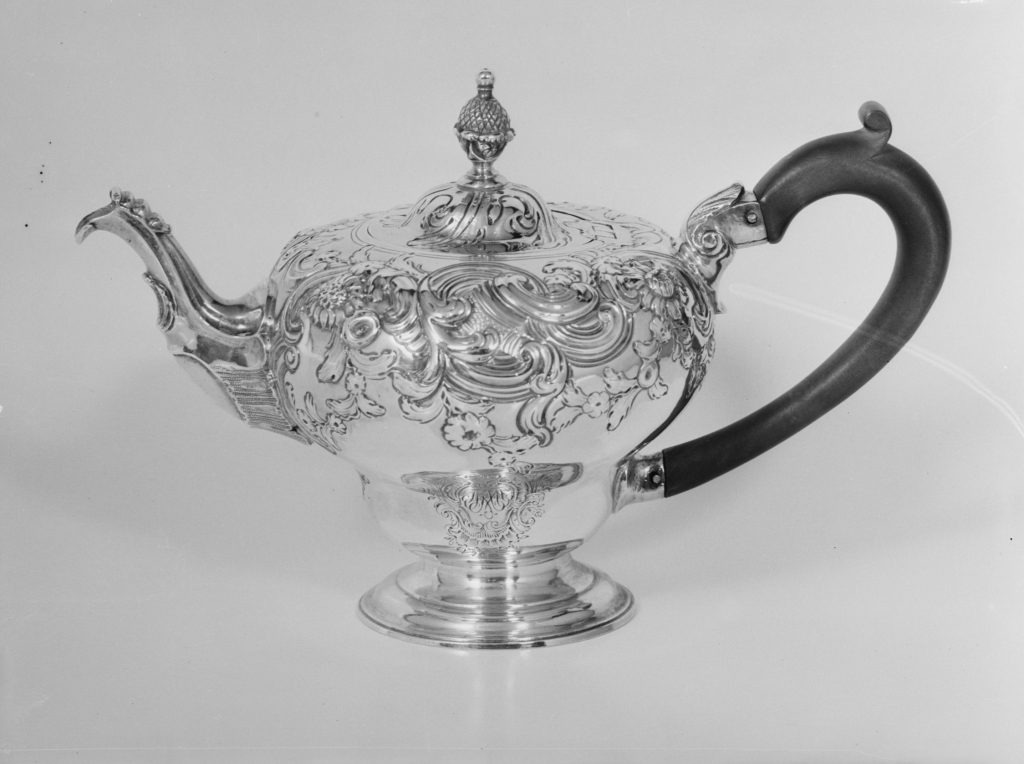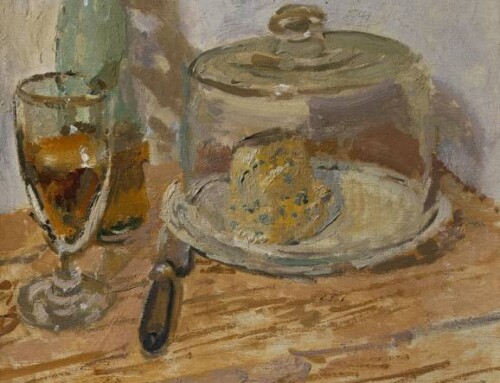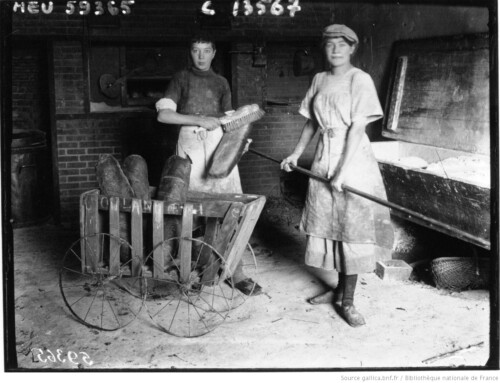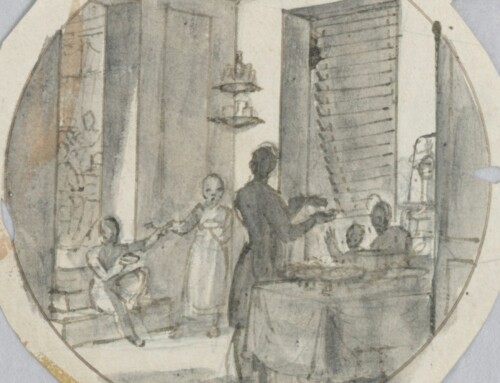By the end of the nineteenth century, metalwork made in Europe began competing with the local production of Morocco. European merchants started to sell objects inspired by the local craftsmanship from the North of Africa. The makers would buy local articles to be used as samples to copy.
Once a commercial crossroad, Morocco’s metalwork was rich with Amazigh, African, European, and Oriental (via Al-Andalus) influences, and craftspeople from the North of Africa began to include European details in their own productions. Yet it was a Moroccan merchant living in Manchester (England) who established a partnership with the silversmith Richard Wright and became the main provider for silver trays and tea sets in Morocco. The name Wright will become the noun rayt in Moroccan, a word that according to Le dictionnaire Colin d’arabe dialectal marocain designates a white metal of superior quality. The dictionary adds that the word probably comes from Richard Wright, a manufacturer from Manchester, and that the Siniya d-er-rayt is the tray made of silver or a white metal alloy (métal argenté).
Richard Wright “made the most famous and prestigious silver” (Mediterraneans 172) in Great Britain in the nineteenth century. In “Le plateau à thé à l’épreuve du creuset marocain: histoire, fabrication et usages,” Baptiste Buop explains that as the social elite of Morocco adopted the habit of drinking tea (introduced by the British and other foreign diplomatic missions), teapots, sugar boxes, trays, and British-made utensils for preparing tea became common in Morocco. The production of these objects evolved as Moroccan manufacturers adopted and modified Wright’s designs. Mechanization, the division of tasks, and later the crisis that touched European exports during World War II contributed to leaving the historic origins of these tea trays and tea sets out of the picture. Erasing progressively its foreign origins, the tradition was adopted as a domestic one by well-off families, and later on by the majority of the population.

Teapot. Britain, 1753-54. Thomas Whipham (active from 1737, died 1785). The Metropolitan Museum of Art → https://www.metmuseum.org/art/collection/search/197709
Readings
Association Mediterraneans/Méditerranéens, Mediterraneans, no. 11-13, 1999, pp. 172.
Buop, Baptiste. “Le plateau à thé à l’épreuve du creuset marocain: histoire, fabrication et usages,” Horizons maghrébins, 55, 2008, pp. 103-113.
Iraqui Sinaceur, Zakia. Le Dictionnaire Colin d’arabe dialectal marocain. Rabat: Al-Manahil, Ministère des Affaires Culturelles, 1994.
See also Martin Rose’s (British Council) blogpost “Mancunian Silver”: https://martintristramrose.org/tag/richard-wright/
See also the two pictures from the Tea Museum in Essaouira, Morocco, “Metal teapot” in “Sharing History,” Museum with No Frontiers ( www.museumwnf.org ), 2017: https://www.sharinghistory.org/database_item.php?id=object;AWE;ma;48;en
_______________________
Posted: June 18, 2017
Iziar de Miguel





